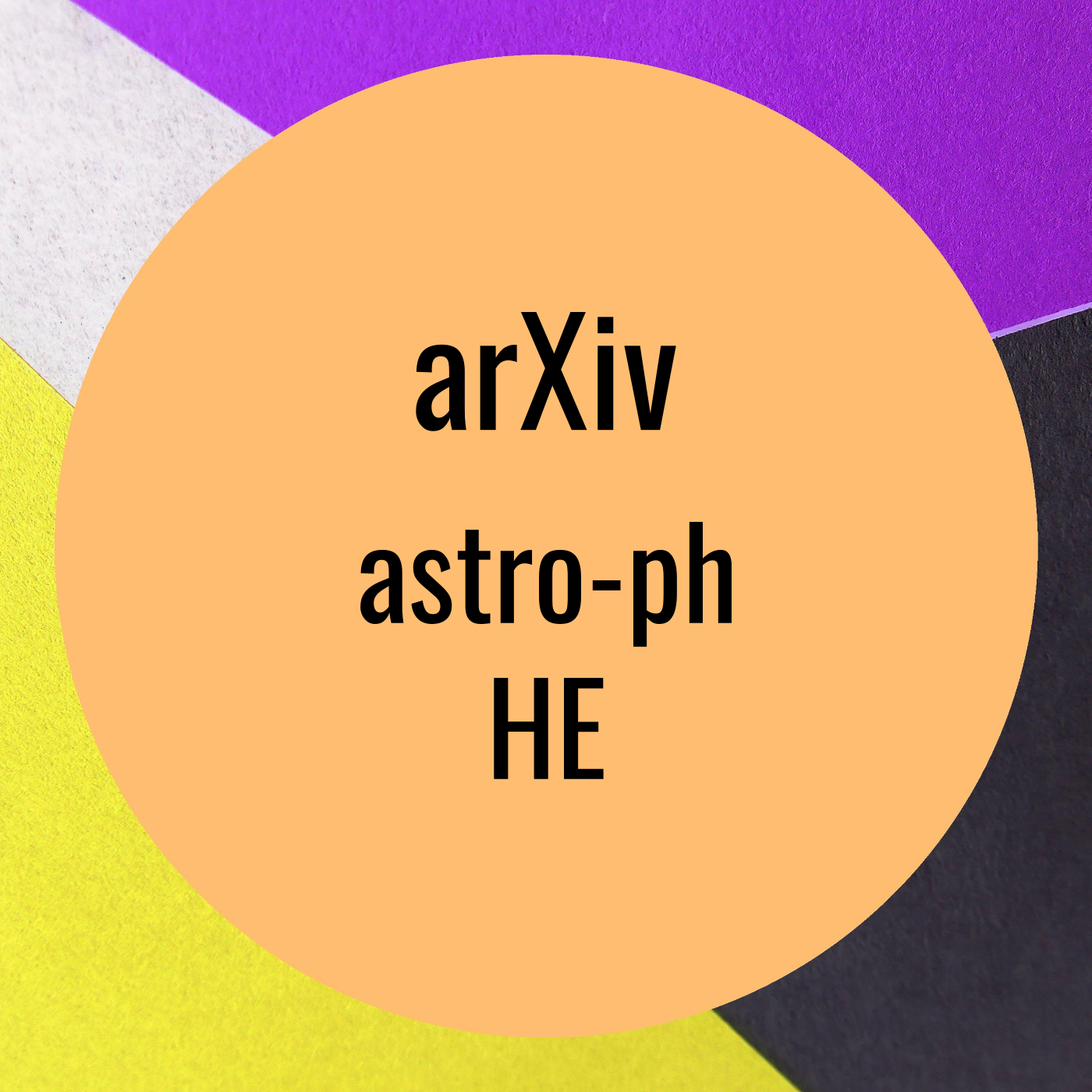The Extreme Super-Eddington NLS1 RX J0134 2-4258 -- II A Weak-Line Seyfert Linking to the Weak-Line Quasar
Description
The Extreme Super-Eddington NLS1 RX J0134 2-4258 -- II A Weak-Line Seyfert Linking to the Weak-Line Quasar by Chichuan Jin et al. on Tuesday 29 November
RX J0134.2-4258 is one of the most super-Eddington narrow-line Seyfert 1
(NLS1) galaxies, on which we conducted a monitoring campaign from radio to
X-rays. In this paper, we present a detailed analysis of its optical/UV spectra
and broadband spectral energy distribution (SED). Our study shows that the
preferred black hole mass of RX J0134.2-4258 is $M_{\rm BH} \sim 2 \times
10^{7}~M_{\odot}$, giving a mass accretion rate through the outer disc of
$\dot{m}_{\rm out} \sim 20$ (assuming zero spin), compared to the observed
luminosity ratio $L_{\rm bol}/L_{\rm Edd} \sim 6$. This reduction in radiative
efficiency is expected for super-Eddington flows, as power can be lost via
advection and/or disc winds. We find that the optical/UV lines of RX
J0134.2-4258 resemble those from weak-like quasars (WLQs), as it has notably
weak C IV and N V emission lines. It also has drastic X-ray variability, again
similar to that recently observed in some other WLQs. However, WLQs have
systematically higher masses ($\gtrsim 10^8~M_{\odot}$), and lower Eddington
ratios ($\dot{m}_{\rm out} \sim 1$) than RX J0134.2-4258. We compare instead to
the most extreme NLS1s, with similarly large $\dot{m}_{\rm out}$ but smaller
masses. These show similarly large reductions in radiative efficiency but their
UV lines are not similarly wind-dominated. We suggest a new category of
weak-line Seyfert (WLS) galaxies to describe sources like RX J0134.2-4258, and
interpret its (so far unique) properties in a model, where the
lower-disc-temperature in the higher-mass black holes leads to the
UV-line-driving mechanism, which enhances the super-Eddington
radiation-pressure-driven wind.
arXiv: http://arxiv.org/abs/http://arxiv.org/abs/2208.06581v2
More Episodes
Hard X-ray Observations of the Hydrogen-poor Superluminous Supernova SN 2018hti with NuSTAR by Igor Andreoni et al. on Wednesday 30 November
Some Hydrogen-poor superluminous supernovae are likely powered by a magnetar
central engine, making their luminosity larger than common supernovae....
Published 11/30/22
Fundamental physics with neutron stars by Joonas Nättilä et al. on Wednesday 30 November
Neutron stars are rich laboratories of multiple branches of modern physics.
These include gravitational physics, nuclear and particle physics, (quantum)
electrodynamics, and plasma astrophysics. In this...
Published 11/30/22
Published 11/30/22


